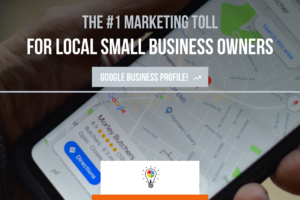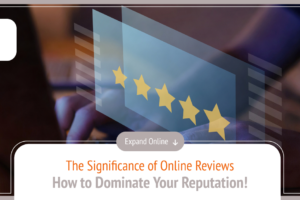
Unveiling the Power of Keywords for Business Success
SEO, when done correctly, can contribute to your overall business success. And the best thing is, it’s relatively easy to learn and implement. Just find some good, relevant keywords and work them into your content and meta data, and soon you’ll start to see a boost in your website’s traffic. But, before you start researching keywords, you first need to create an ideal customer profile.
Why is this so important? Before you can create effective keywords, you need to understand who your customer is. What are their paint points? Issues? Passions? This will provide you with insight into the terms that they will be searching for on Google.
What Is an Ideal Customer Profile?
An ideal customer profile is a profile of one individual who is the best fit for your products and services. This is not the only person who can benefit from your content and products, but the best match; in other words, this is who you should target your marketing to.
Businesses typically create ideal customer profiles so they can streamline their marketing and put their resources to best use. It’s used in all areas of marketing, including SEO.
The Elements of an Ideal Customer Profile
An ideal customer profile has two types of data: demographic and psychographic.
Demographic data tells you who the person is. It describes their age, financial status, occupation, education level, geographic location, and other similar information.
Psychographic data is a bit more complex. It describes the person’s attitudes, values, and behaviors. This is a bit harder to find, but it’s worth the effort. It will give you insight into what drives your customers to purchase (and which words they’ll use to search for these products).
How to Research Your Target Market
You can probably already describe who your products serve. Think about your best customers. Who most benefits from what you offer?
But an effective ideal customer profile needs objective data gained through feedback from the market. You can’t go by assumptions alone. The more data-based it is, the more accurate and effective it will be.
You can learn a great deal about your target market by researching online. Social media offers a wealth of information. Search social media sites using keywords related to your products and niche and find demographic information in user profiles. Also dig into conversations and comments to uncover psychographic information.
Other places to find out about your ideal customer include blog and YouTube comments, question and answer sites, online forums, customer reviews, and your competitors’ audiences. You can also conduct your own research directly by reaching out to people in your target audience.
Putting It All Together
As you go about researching, you’ll start to see patterns. You can put these together and create your ideal customer profile. Once you’ve finished, you’re ready to start your SEO research. Now that you know your audience well, you can easily figure out what they’re searching for online.



